12 ways a top product designer would rearrange the human body for perfection
Hair

Skull
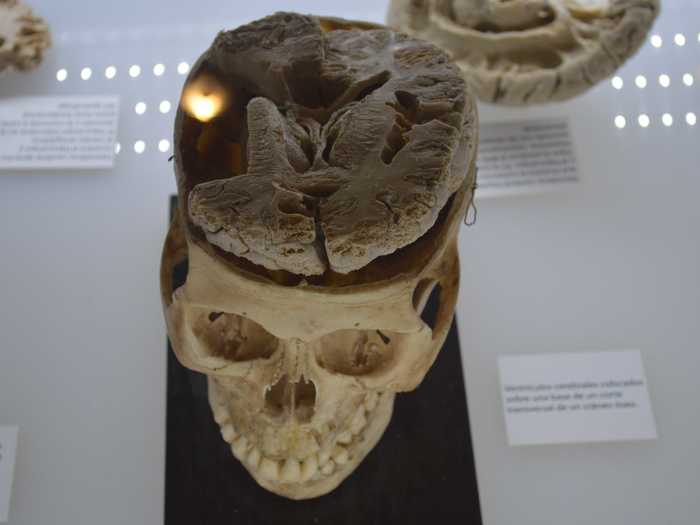
Deeper into the anatomy is the skull itself, which is effective in most cases but still vulnerable to concussions and fractures.
If extra hair isn't enough, perhaps the human body could benefit from another layer of bone between the jelly-like brain and the dangerous outside world.
Formosa's upgrade: "Develop a second skull so that if you crack the first one, the inner one is still OK."
Brain

In the jungles where ancient humans killed their dinner, the brain needed a way to detect nearby threats. That's how we ended up with the fear centers of our limbic system.
Fortunately, we've evolved out of the food chain, but the downside is that we still get needlessly spooked by things that go bump in the night.
Formosa's upgrade: Rewire the body so that our brains can discern between credible threats and non-issues.
Eyeballs
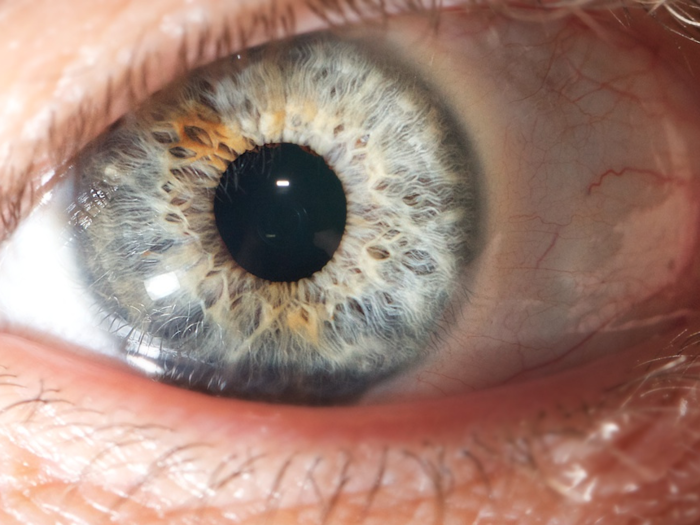
Right in the center of our faces are two spheres of collagen fibers with nothing but a soft casing to keep them safe.
It hardly seems like the most durable rig for protecting 20% of our senses.
Formosa's upgrade: "Maybe eyelids should be more like cartilage or more like a shell," he says. Instead of thin skin, our eyes could use a harder casing, similar to an armadillo's shell, to keep foreign substances at bay.
Eyesight

One reason birds have exceptional eyesight is that they can discern more colors than humans can. Not only do they have more of the cones in their eyes that enable colored sight, but they have more varieties of cones than we do.
That's how a bald eagle can spot its prey from over two miles away.
Formosa's upgrade: "Add a color filter to the eye, a separate color-lens covering, to filter specific wavelengths of light, improving vision."
Neck
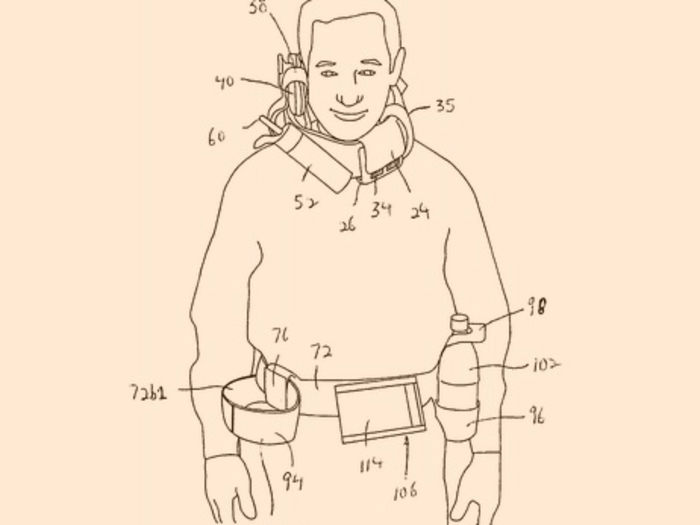
Our heads weigh about 10 pounds, which is pretty heavy if you consider all that's holding them up is a thin column of bone and some spindly muscles.
Over time, dysfunction in the neck can lead to poor posture and back problems.
Formosa's upgrade: Muscles and bones in the neck that "lock" when you try to sleep in a chair, "so your head doesn't flop to the side – similar to a horse's ability to sleep while standing, because their legs lock."
Shoulder
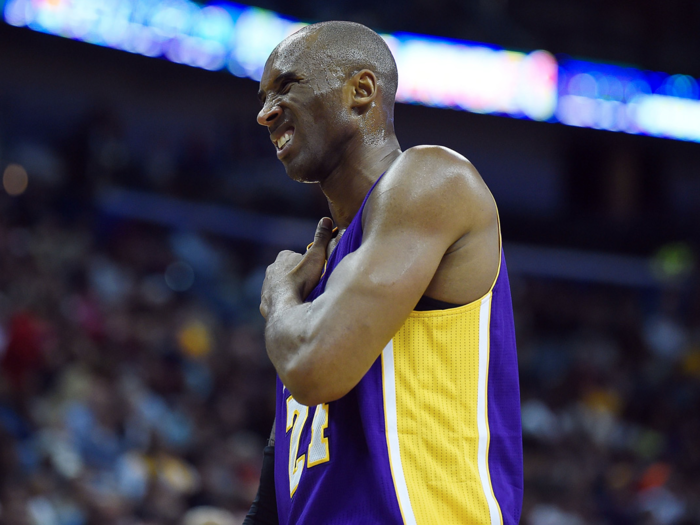
Shoulder joints are some of the weakest we have, yet they're crucial for mobility.
As a ball-and-socket joint, the shoulder is especially vulnerable to dislocation – to say nothing of rupturing the small tendons and ligaments that connect your arm to your chest and back.
Formosa's upgrade: A safety mechanism to hold the upper arm in, so you don't dislocate it. "And you'd want to do something that doesn't affect the flexibility," he says.
Spine
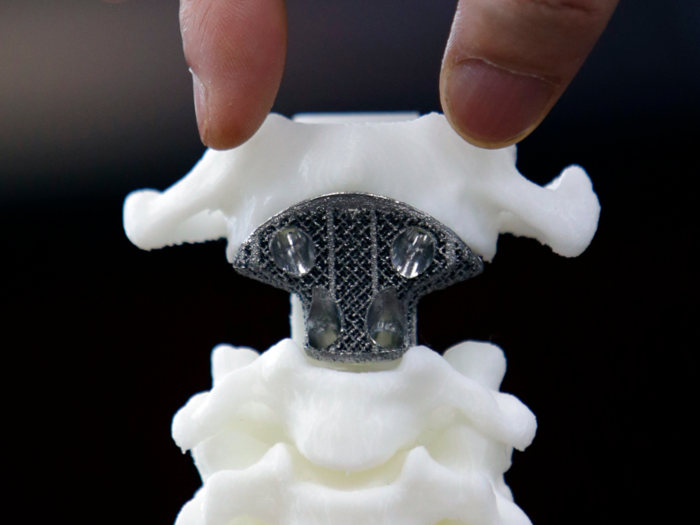
Aside from the brain, the spinal cord handles some of the most important information our bodies need for mobility and coordination.
Unfortunately, we only have a tube of vertebrae to keep those functions safe, because for most of our evolution we walked on four legs, not two.
Formosa's upgrade: Expedite the evolution of walking upright so that our trunks act like weight belts, bracing our complex movement.
Vestigial organs
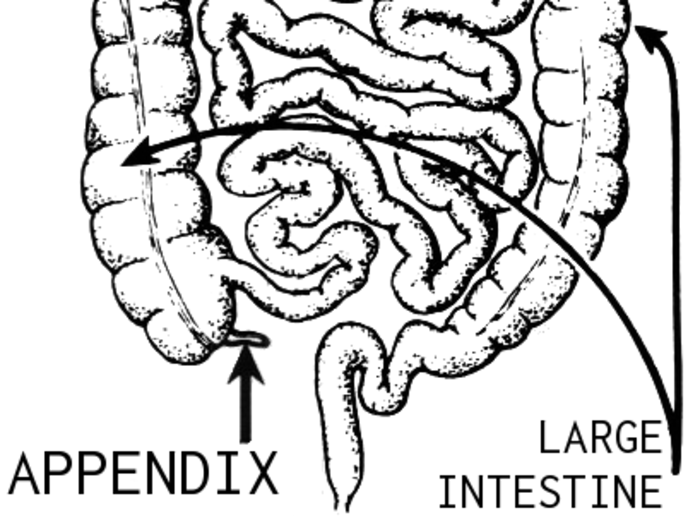
If a designer at Apple or Tesla shipped out a product with parts that did nothing and didn't even look nice, they'd get fired.
Body parts like the appendix, tonsils, and male nipples are easy items to cross off the anatomical checklist.
Formosa's upgrade: Banish them all, and make room for more essential components.
Wrist
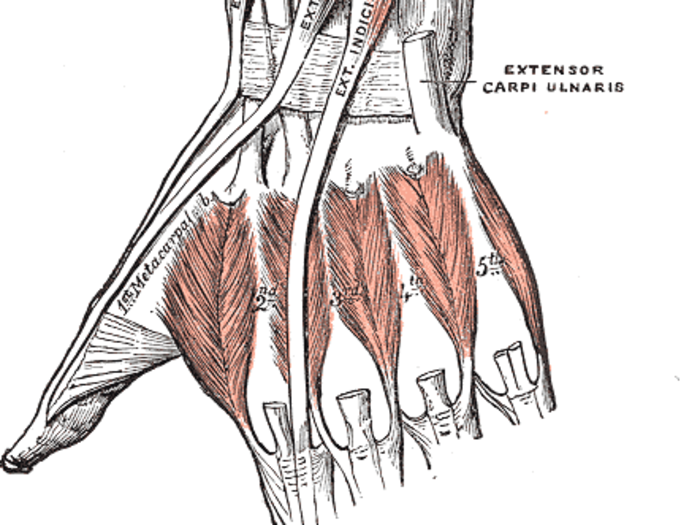
Humans spend approximately 90,000 hours of their lives working. Most of those are desk jobs involving a keyboard, mouse, and screen.
With the exception of a few forward-thinking examples, most products aren't designed to accommodate the design of our wrists. As a result, the nerve running from the forearm to the palm gets pinched, and we feel pain: a condition more commonly known as carpal tunnel syndrome.
Formosa's upgrade: Construct a wrist strong enough so that typing and other activities don't pinch small nerves near the hand.
Knees

Knees might as well be made of glass for how little padding they have.
A stronger padding mechanism might be something closer to the air bags you find on your car, or the vocal sacs that male frogs use to amplify their mating call. If our bodies know to brace for impact immediately, we could spare ourselves bruising and breaking.
Formosa's upgrade: Inflatable padding, like a frog's throat, to let you kneel comfortably.
Toes
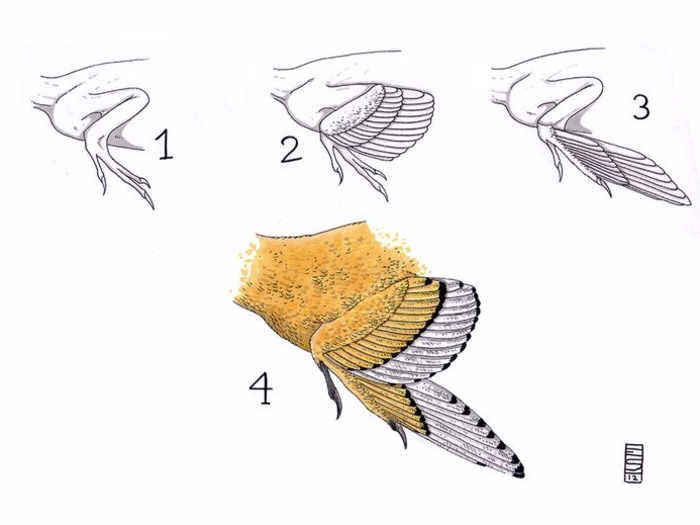
Stubbing a toe is among life's smallest but most infuriating events.
Formosa acknowledges toes are essential for maintaining a proper gait, as they help us stay balanced. But they also have no give; they don't retract or crush, like a car is designed to in a collision.
Formosa's upgrade: "Retract by folding sideways, so you don't damage toes when you stub them against something," similar to a bird's wing.
Popular Right Now
Popular Keywords
Advertisement